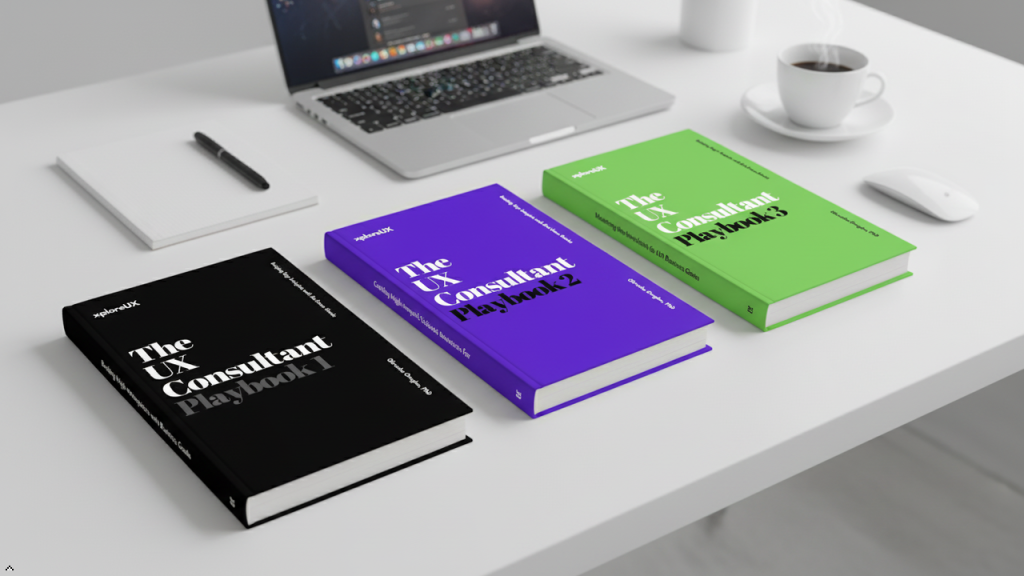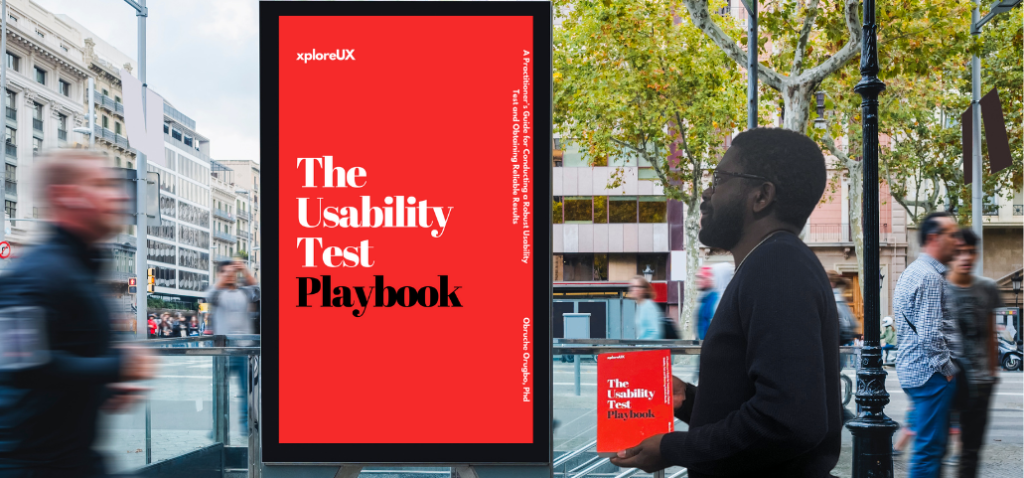
UX dark patterns are tricks website and app designers use to nudge you in a way that benefits the company more than you. These aren’t always malicious, but they can be sneaky and frustrating. For instance, a website might make signing up for a service easy with a big, bright button, but cancelling it hides the unsubscribe option in tiny gray text, buried deep within confusing menus. That’s a dark pattern because it makes it much harder for you to leave the service, even if you want to.
There are many other examples of dark patterns. Imagine a countdown timer ticking down on a “sale” that might not be a real discount at all, pressuring you to buy something before the deal expires. Or perhaps you’ve encountered a website with a layout that seems designed to be confusing, making it difficult to compare prices or find the information you’re looking for.
These tricks can make you feel like the website is working against you, instead of helping you find what you need. By understanding dark patterns, you can be more aware of them and navigate websites and apps with a critical eye, making choices that are right for you.
Dark patterns are manipulative design elements and techniques deliberately employed to mislead or trick users into taking actions they might not otherwise choose to do. These patterns exploit users’ cognitive biases, emotions, and behavioural tendencies, ultimately leading to undesired outcomes that benefit the product owner or service provider at the expense of the user.
Understanding the motivations behind the use of dark patterns is essential in comprehending why they are prevalent in the UX landscape. Often, dark patterns arise due to business interests, where companies prioritize profit over user well-being. This can lead to unethical practices, such as hiding crucial information, making it challenging to opt out, or using deceptive language to nudge users towards decisions that may not be in their best interest.
Types of Dark Patterns
- Forced Continuity: This dark pattern subtly traps users into subscribing to recurring payments or memberships without clear or easy ways to cancel.
- Misdirection: Designed to mislead users through visual cues and wording, misdirection tricks users into making choices they didn’t intend.
- Privacy Zuckering: Named after Facebook’s CEO, Mark Zuckerberg, this pattern manipulates users into sharing more personal information than they initially intended.
- Hidden Costs: Concealing additional fees until the user is deep into the checkout process, this dark pattern can lead to frustration and abandoned purchases.
- Urgency: Using false urgency or scarcity to coerce quick decisions, this dark pattern can create anxiety and push users into making impulsive choices.
- Roach Motel: Making it easy for users to sign up but challenging to leave or cancel services is characteristic of the Roach Motel pattern.
- Friend Spam: Manipulating user contacts to send invitations or messages to others without their knowledge or consent is a dark pattern that exploits social networks.
Dark patterns have a significant negative impact on users and the overall user experience. Users may feel deceived, frustrated, or even violated when they realize they have been tricked into unwanted actions. This erosion of trust can result in reduced customer loyalty and tarnished brand reputation.
Furthermore, dark patterns can disproportionately affect vulnerable users, such as the elderly or those with cognitive impairments. These users may be less equipped to recognize manipulative design, making them easy targets for exploitation.
UX Dark Patterns raise a myriad of ethical concerns that challenge the integrity of designers and organizations alike. The intentional use of deceptive practices undermines the trust that users place in a brand, eroding long-term relationships and tarnishing reputation. This erosion can extend beyond individual products, impacting the entire field of UX design.
The question of consent looms large when discussing dark patterns. Informed decision-making is a fundamental principle of ethical design, yet these patterns exploit users’ lack of awareness or understanding, violating their autonomy. This creates a dissonance between the user’s expectations and the actual outcome, leading to frustration, resentment, and disengagement.
Understanding the psychology behind UX Dark Patterns is essential to effectively combat their negative influence. One potent weapon in this arsenal is the scarcity principle. By creating a false sense of urgency or limited availability, designers push users towards quick decisions without sufficient contemplation. This often results in impulse purchases or unintended sign-ups driven by fear of missing out.
Another psychological tool is the “Confirmshaming” technique, where designers manipulate users into making a specific choice by employing guilt or social pressure. For instance, a website might use language like “No, I don’t want to save money” as the negative option, coercing users to choose the affirmative option, irrespective of their true intention.
Dark patterns draw heavily from psychology, leveraging cognitive biases and heuristics to influence user behaviour. Understanding the psychological underpinnings of these patterns empowers UX practitioners to make informed decisions. However, it’s crucial to apply this knowledge ethically, utilizing psychological insights to enhance user experiences rather than exploit vulnerabilities. By leveraging psychological persuasion for positive ends, UX professionals can create interfaces that guide users toward beneficial actions without resorting to manipulation.

UX researchers are the torchbearers in the quest to understand the target users. Their primary responsibility lies in unravelling the intricate web of user behaviour, motivations, and pain points. Their journey starts with framing the research questions, defining research methodologies, and selecting the appropriate tools to gather insights. These methodologies can include interviews, surveys, usability testing, and ethnographic observation.
The true magic of UX research lies in its ability to empathize with users. By listening to their stories, observing their interactions, and analysing their feedback, researchers gain invaluable knowledge. This empathy acts as a guiding light that illuminates the designers’ path, ensuring that the end product is rooted in user needs and preferences.
One of the critical outputs of UX research is the creation of personas and user journeys. Personas personify the target audience and help designers put a human face to abstract data. User journeys provide a holistic view of the user’s experience, highlighting touchpoints and pain points along their interaction with the product.
Furthermore, UX researchers also venture into the dark corners of the competitive landscape and industry trends. By examining competitors’ products and analysing market patterns, they provide designers with a broader context for their creative decisions. This market intelligence fuels the design process and empowers designers to create unique and innovative solutions.
UX designers are the magicians of the user interface, turning research insights into tangible and aesthetically pleasing designs. Their craft involves a fusion of creativity, problem-solving, and a keen understanding of human psychology. Designers transform abstract concepts into intuitive interfaces that guide users seamlessly through the product journey.
At the outset, designers work hand-in-hand with researchers to interpret research findings. They decipher the data to identify user pain points and unmet needs, which become the pillars of their design strategy. Ideation follows, where designers brainstorm various design concepts and explore different design directions.
One of the central challenges for designers is to strike the right balance between form and function. An aesthetically stunning design with poor usability will lead users into a labyrinth of frustration. Conversely, a highly functional but visually unappealing design can discourage users from engaging with the product. Thus, designers weave their magic by crafting interfaces that are both visually captivating and functionally efficient.
The iterative design process empowers designers to create prototypes that can be tested with real users. Usability testing provides designers with real-world feedback, helping them refine their designs and make informed decisions. This iterative cycle continues until the design reaches a point where it satisfies both user needs and business goals.
The true alchemy of UX success lies in the synergy between UX researchers and UX designers. They may operate in the shadows, but their collective efforts are what bring the user experience to light. Here’s how their collaboration creates a seamless flow:
- Shared Vision: UX researchers provide designers with a clear vision of user needs and expectations. This shared understanding ensures that designers remain aligned with the users throughout the design process.
- Validation and Refinement: UX designers’ creations are not cast in stone. By incorporating user feedback from research, designers can validate their assumptions and refine their designs, minimizing the risk of costly design mistakes.
- Empathy-driven Designs: The human-centric insights from UX research fuel designers’ empathy, helping them to build interfaces that resonate deeply with users.
- Innovation and Creativity: Armed with market intelligence from UX researchers, designers can push the boundaries of creativity and innovation, ensuring that their designs stand out from the competition.
- Efficiency and Collaboration: The collaboration between researchers and designers fosters a harmonious workflow, saving time and effort by reducing the chances of backtracking or rework.

As UX practitioners and professionals, we bear a responsibility to create ethical user experiences that prioritize the users’ well-being. Here are some steps we can take to address the issue of dark patterns:
- Awareness: Educate ourselves and our teams about dark patterns and their harmful effects. Make sure everyone involved in the design process is aware of the ethical implications.
- User Research: Conduct thorough user research to understand user needs, motivations, and pain points. Design solutions that genuinely address these needs without resorting to deceptive tactics.
- Ethical Guidelines: Establish clear ethical guidelines for UX design and development. Encourage the team to adhere to these guidelines to ensure the creation of user-centric experiences.
- Empower Users: Empower users with transparency and control over their data and actions. Make sure they understand what they are consenting to and provide easy opt-out mechanisms.
- UX Reviews: Regularly review designs for potential dark patterns. Encourage feedback from peers and stakeholders to catch any inadvertent manipulative elements.
- User-Centric Testing: Employ rigorous usability testing and user feedback loops to identify and rectify instances of dark patterns in your designs.
- Advocate for Change: As UX professionals, we can use our voices to advocate for user rights and ethical design practices within organizations and the industry.
- Continuous Learning: Stay updated on the latest UX trends, ethical discussions, and psychological insights to refine your design practices over time.
- Cross-functional Collaboration: Engage with stakeholders, including marketers and developers, to ensure a holistic approach to design that aligns with both user needs and business objectives.
In a digital landscape rife with competition and the pursuit of user engagement, UX practitioners must embrace ethical design principles and reject the allure of UX Dark Patterns. Transparency and honesty must become the cornerstones of design strategies, fostering genuine connections with users.
Firstly, designers must prioritise informed consent. This entails presenting information in a clear, concise manner and ensuring that users fully understand the implications of their actions. Choice architectures should be designed to empower users, enabling them to make decisions that align with their interests and values.
Secondly, collaboration across disciplines is paramount. UX designers, developers, marketers, and legal experts must work in tandem to ensure that design choices are not only visually appealing but also ethically sound. Regular audits and reviews can help identify and rectify any potential dark patterns that may have inadvertently crept into the design.
The emergence of UX Dark Patterns serves as a stark reminder of the ethical tightrope that designers must walk. The allure of short-term gains achieved through manipulation must be weighed against the long-term damage to user trust and organizational reputation.
As a seasoned UX practitioner and a dedicated author, I advocate for an industry-wide commitment to responsible design practices. By shedding light on the shadowy realm of UX Dark Patterns and championing transparency, honesty, and user empowerment, we can collectively pave the way for a more ethical and user-centric digital landscape.




